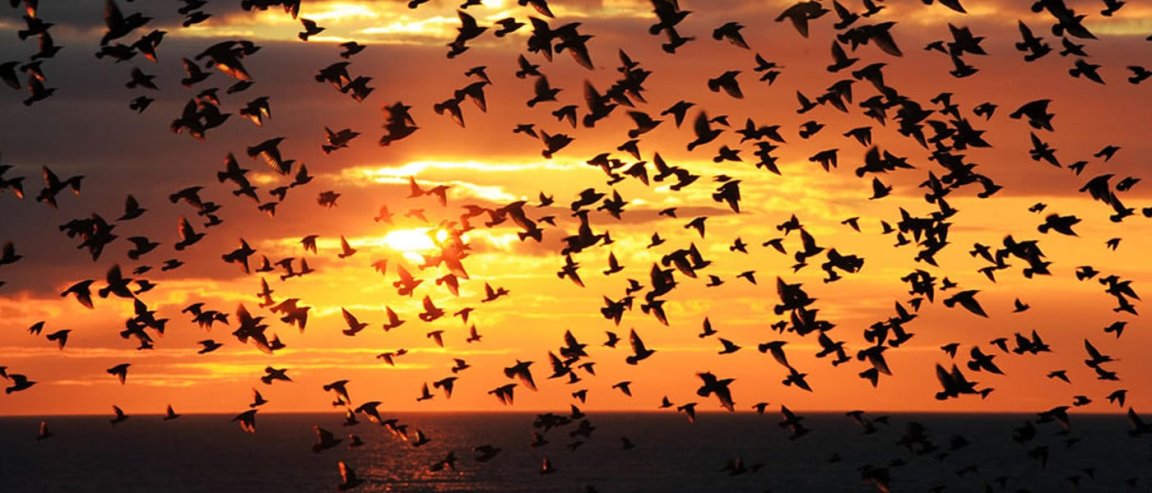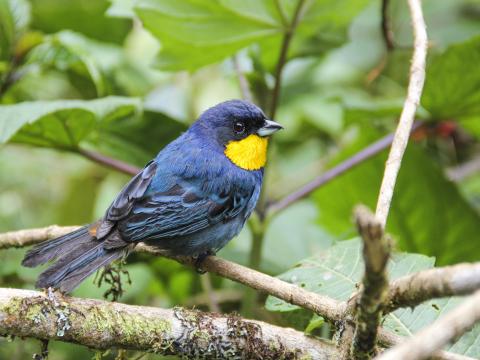
One of the most comprehensive lists of species that may go extinct is the International Union for Conservation of Nature (IUCN) Red List. But this list may be missing hundreds of animal species, according to a new study led by Duke University.
The researchers found more than 200 unlisted species of birds at risk of extinction due to land-use changes. Perhaps, we truly have reached the Anthropocene, a human-influenced epoch marked by climate change, air pollution, population growth, significant rainforest loss.

The study, conducted using remote sensing techniques, looked at land-use changes in six rapidly developing regions. Their mapping saw 600 bird species that will be affected by the trends in land-use. Of these 600, only 108 are on the Red List. The researchers suggests 210 of these species be classified as ‘facing the risk of extinction,’ and 189 be considered ‘threatened.’
The researchers say the disparity comes from the IUCN’s failure to accommodate new technologies like digital maps and global satellite coverage.
“Natural habitats in the most biodiverse places on Earth are disappearing, pushing species toward extinction a thousand times faster than their natural rates. Preventing these extinctions requires knowing what species are at risk and where they live,” said lead author Natalia Ocampo-Peñuela in a statement.
“With better data we can make better decisions, and have a greater chance of saving species and protecting the places that matter.”